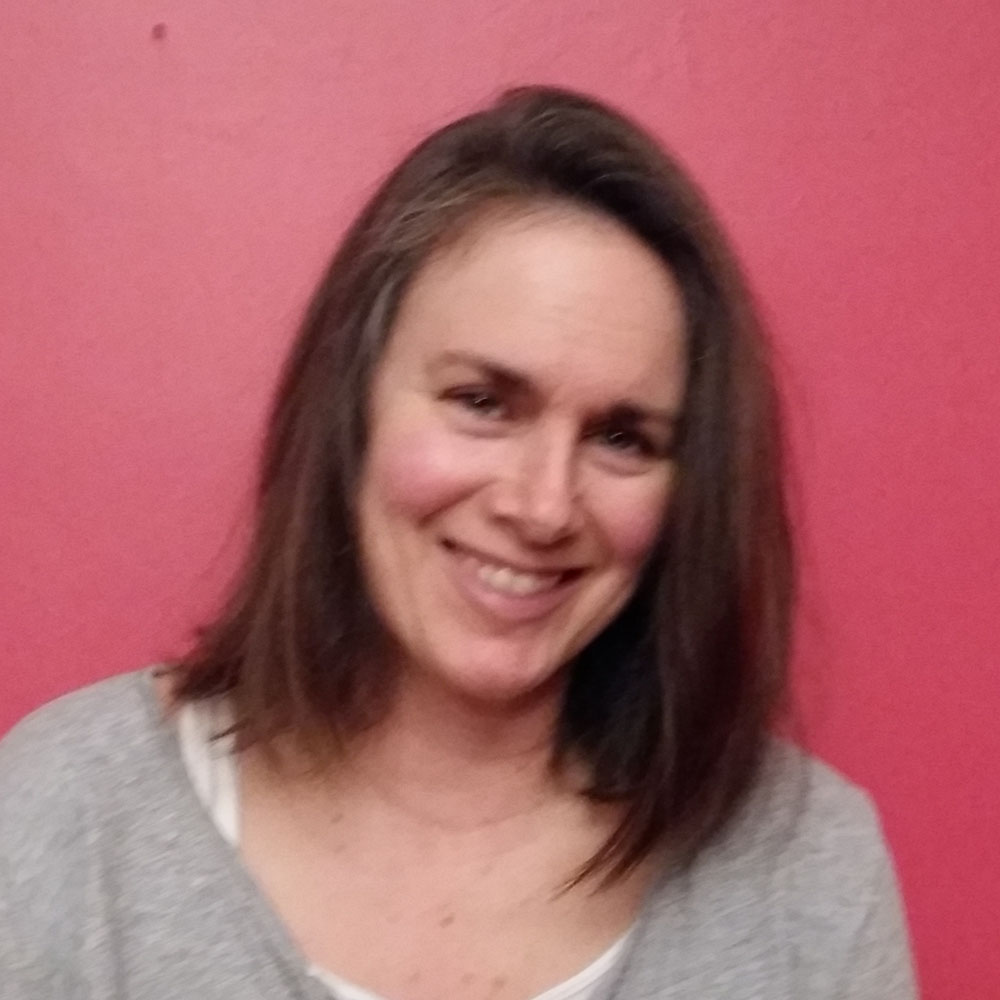A 76-year-old woman has a stroke that leaves her unable to speak. Weeks later, when she begins to talk again, she runs her words together so quickly that no one can understand her. More than a year goes by before her speech returns to normal. After that, it’s difficult to tell she’s ever had a problem.
Over time, her brain recovered – but how? And could that recovery have been hastened?
Randy McIntosh, a psychology professor at U of T and the director of the Rotman Research Institute, is collaborating on the development of a virtual brain that promises to someday change the way patients with brain injuries are treated. The ultimate hope is that patients such as the woman mentioned − my grandmother, circa 1992 − would have the details of their brain damage gleaned from scans and plugged into the virtual brain. Then, with luck, a recovery plan could be worked out.
The virtual brain will essentially be an electronic atlas of all the functional networks in the human brain, says McIntosh, who is also vice-president of research at the Baycrest health sciences centre. Someday, it will allow doctors to model not only what is injured and causing knock-on effects in other areas of the brain, but also what is left unharmed − and what options for recovery are still available. In other words, if you can’t get from point A to point B the usual way, what back roads could be used? “It’s a laboratory to test for possible ways of getting the brain to rewire itself,” says McIntosh.
Stroke is only the beginning. McIntosh is interested in better understanding the brain’s functions in order to ameliorate the effects of everything from Parkinson’s and Alzheimer’s to schizophrenia and memory problems.
The human brain is a hugely complex organ, so building a virtual facsimile is no small task. McIntosh expects it will take the consortium about 10 years and close to $20 million before the job is done. They are in year five.
The team started by sketching regions and connections within the brain using existing data, mostly from human brain scans. Then they used functional MRI, which shows the brain in action, to verify that areas worked together the way they thought. The MRI scans all came from healthy people of various ages. It took three years just to model a human brain at rest. Then last year, the team published a paper that showed how they could use the virtual brain to model damage from strokes and other trauma.
Like the Human Genome Project, the virtual brain database will contain structural and functional information that can be used by all. But rather than simply cataloguing the brain, McIntosh wants to really understand human brain dynamics. “Having a virtual brain that grows old, gets damaged and tries to recover really changes the focus from the bad things that come from aging and brain damage to how we can maximize the good parts,” he says.
Recent Posts
U of T’s 197th Birthday Quiz
Test your knowledge of all things U of T in honour of the university’s 197th anniversary on March 15!
Are Cold Plunges Good for You?
Research suggests they are, in three ways
Work Has Changed. So Have the Qualities of Good Leadership
Rapid shifts in everything from technology to employee expectations are pressuring leaders to constantly adapt






